wikiHow is a “wiki,” similar to Wikipedia, which means that many of our articles are co-written by multiple authors. To create this article, 11 people, some anonymous, worked to edit and improve it over time.
This article has been viewed 138,295 times.
Learn more...
A teaching portfolio is a collection of your teaching credentials and experiences. Creating a teacher portfolio will allow to you to display your teaching ability and qualifications to administrations and potential employers in a professional manner. Learning how to create a teacher portfolio will demonstrate your skills and abilities as a professional. A portfolio is helpful when seeking a promotion, applying for a new job or to provide proof of your competency and professional growth.
Steps
Content
-
1Make copies of your diplomas and degrees.
-
2Obtain copies of your teaching licenses and certificates.
-
3Include your philosophy of teaching and the ability of students to learn.[2]
- Your statement should be no more than 1-to-2 pages in length.
- The philosophy will describe your objectives as a teacher and how you plan to reach them.
- It will describe your idea of effective teaching and how you feel teachers should relate to students.
- You will describe your belief about what and how students are capable of learning.
-
4Create a resume that demonstrates your ability and skills to perform in the classroom as an educator.[3]
- Include any grade level teaching experience that you have.
- Note substitute teaching, childcare center work, Sunday school or other child-related teaching.
-
5Acquire copies of evaluations conducted by administrators.[4]
- This can include evaluations and reports from your supervisor during student teaching if you do not have a teaching job.
-
6Ask colleagues and supervisors to write letters of recommendation that attest to your good faith and ability to work with students.
-
7Provide samples of lessons and/or lesson plans that show creativity and use of technology in the classroom.[5]
- You should choose lessons that stand out from the typical lesson format.
- Include pictures, teacher-created materials and descriptions of the activities.
-
8Include samples of assessment tools used during teaching
- Use samples for assessment OF, AS, and FOR learning
- Rubrics, checklists, exams, charts, etc can be included
-
9Collect students' work resulting from effective teaching methods that you have conducted.[6]
- Always remove the students' names from the work.
-
10Supply proof of attendance to educational workshops and training sessions.
- Most sessions will give you a certificate of completion.
- Identify any continuing education activities including any graduate coursework, professional organization memberships, educational research and professional journal subscriptions.
-
11Document any educational or school activities that you manage outside of the classroom.
- These include coaching, team leadership, school improvement committees, parent and teacher organization participation and student tutoring.
Organization
-
1Make a hard copy of all of the gathered documents and put them into a 3-ring binder or notebook.[7]
- Add a cover to your notebook stating your name.
- Include a table of contents at the beginning.
- Use page protectors for your documents rather than punching holes.
- Sequence the materials so your personal information, such as degrees, teaching license and philosophy, are first.
-
2Use a flash drive to make an electronic copy of your portfolio.
- Scan documents that are not already saved on your computer.
- The flash drive is easier to carry to interviews and provides proof that you make use of technology.
-
3Search for an online site to create an e-portfolio.
- Upload your documents and create slide shows and even videos of your teaching.
- You can provide a link to your work for those that you wish to access it online.
-
4Update the portfolio periodically to reflect recent development and growth in your profession.
Sample Philosophy
Community Q&A
-
QuestionWhat is a portfolio and why is it important?
 SobiTop AnswererA portfolio is a living and changing collection of records that reflect your accomplishments, skills, experiences, and attributes. It's important because it sets you apart from other applicants.
SobiTop AnswererA portfolio is a living and changing collection of records that reflect your accomplishments, skills, experiences, and attributes. It's important because it sets you apart from other applicants.
Warnings
- Protecting the privacy of students is very important, especially when using the Internet to display your teaching portfolio. Never use documents, pictures or videos that reveal a person's identity other than your own.⧼thumbs_response⧽
Things You'll Need
- Documents related to educational experience
- 3-ring binder
- Page protectors
- Flash drive
References
- ↑ https://www.scholastic.com/teachers/articles/teaching-content/creating-professional-portfolio/
- ↑ https://www.teachhub.com/top-5-items-every-teacher-should-have-their-professional-portfolio
- ↑ https://www.teachhub.com/top-5-items-every-teacher-should-have-their-professional-portfolio
- ↑ https://www.scholastic.com/teachers/articles/teaching-content/creating-professional-portfolio/
- ↑ https://cft.vanderbilt.edu/guides-sub-pages/teaching-portfolios/
- ↑ https://www.best-job-interview.com/teacher-portfolio.html
- ↑ https://www.best-job-interview.com/teacher-portfolio.html
- http://www.cs.tufts.edu/~ablumer/portfolio.html#What
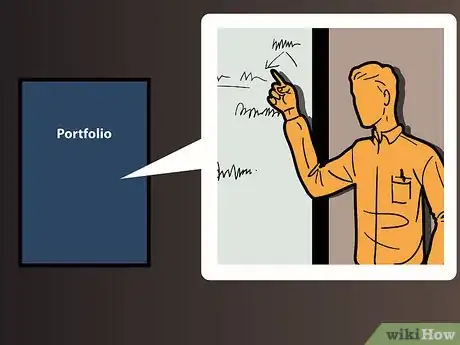
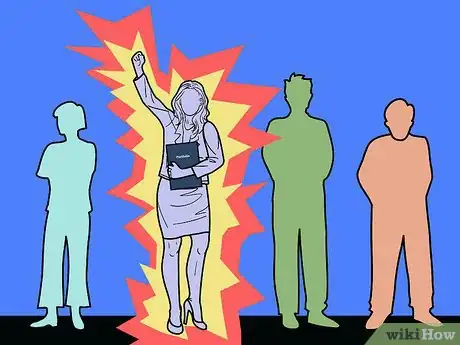
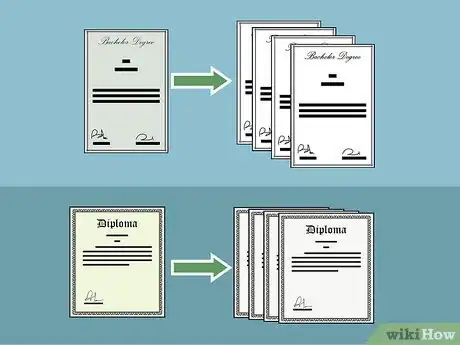
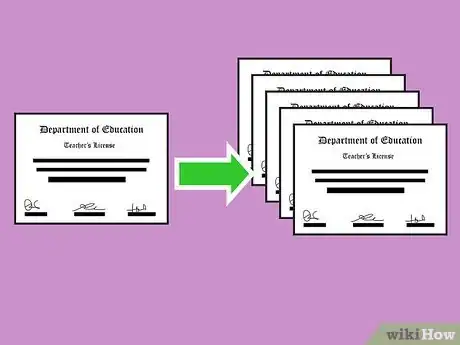
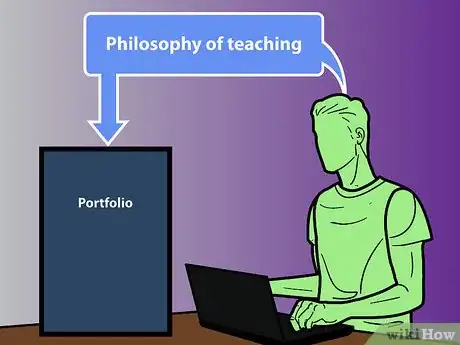
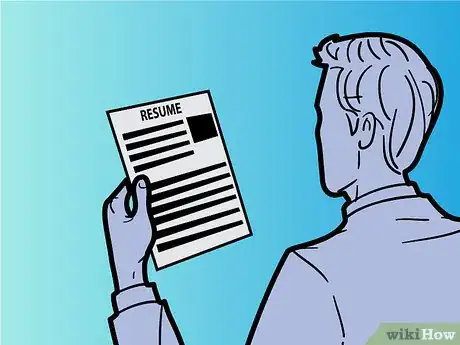
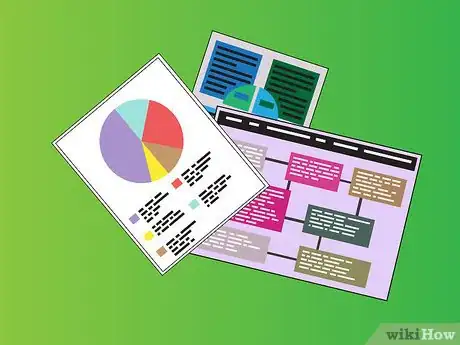
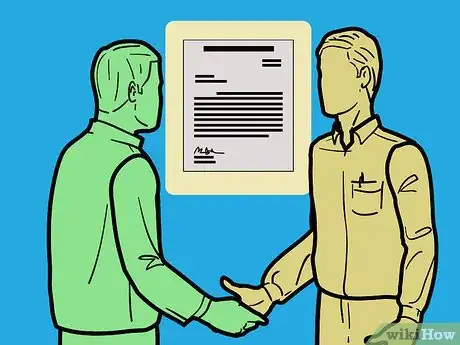

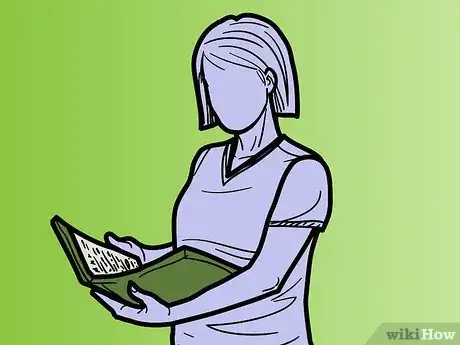
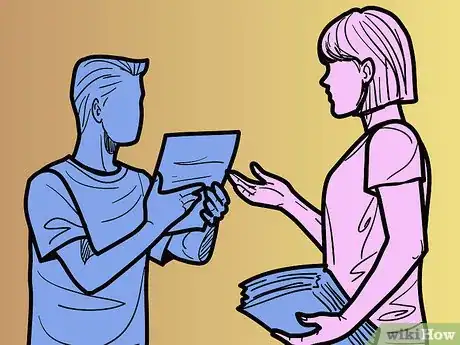
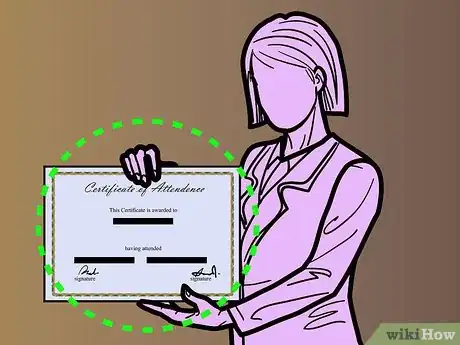
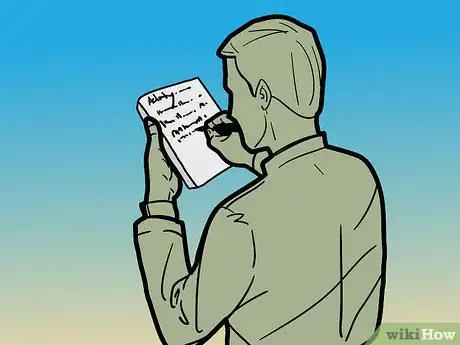
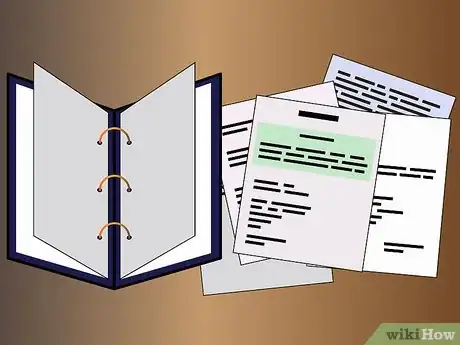
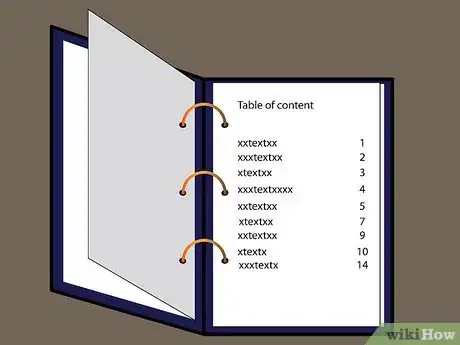
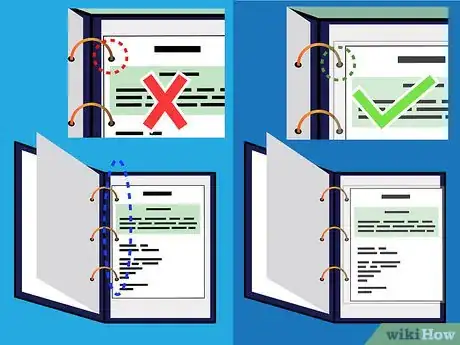
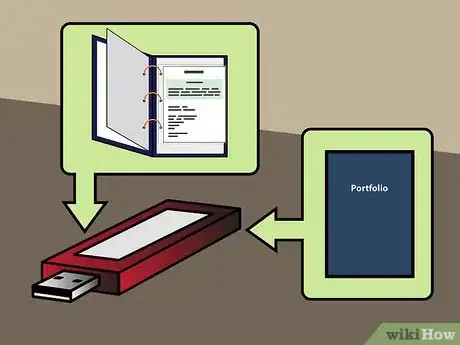
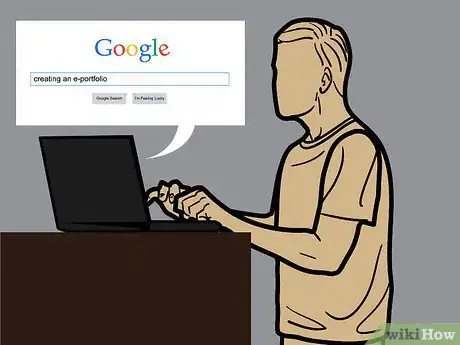
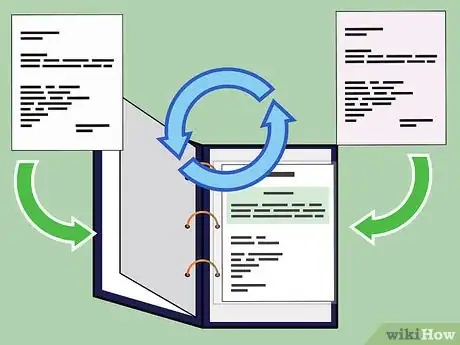
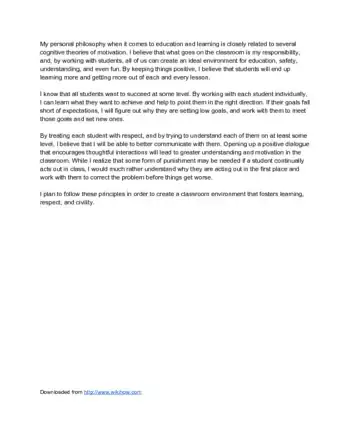
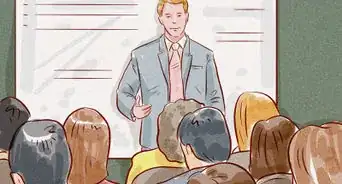

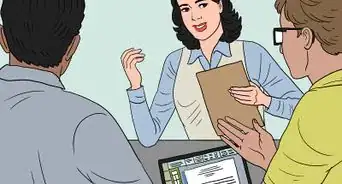



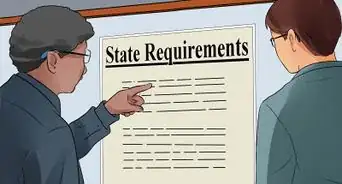

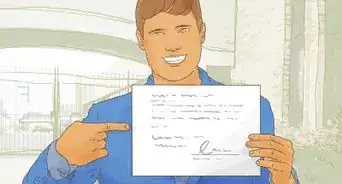


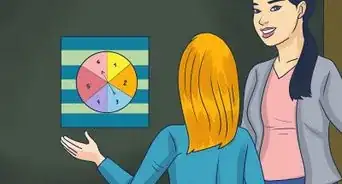
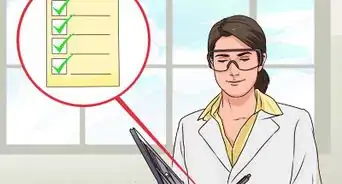
-Step-13.webp)












































